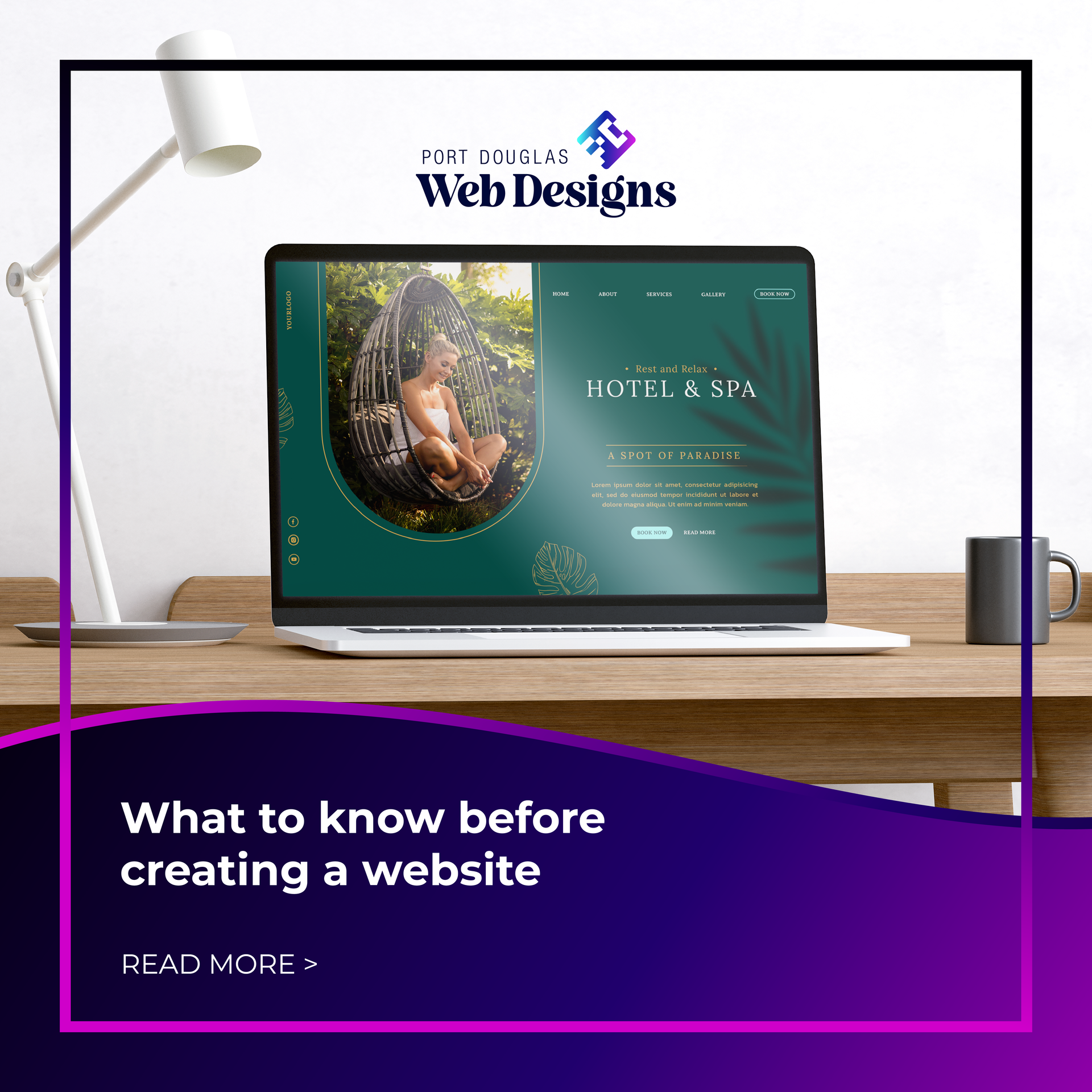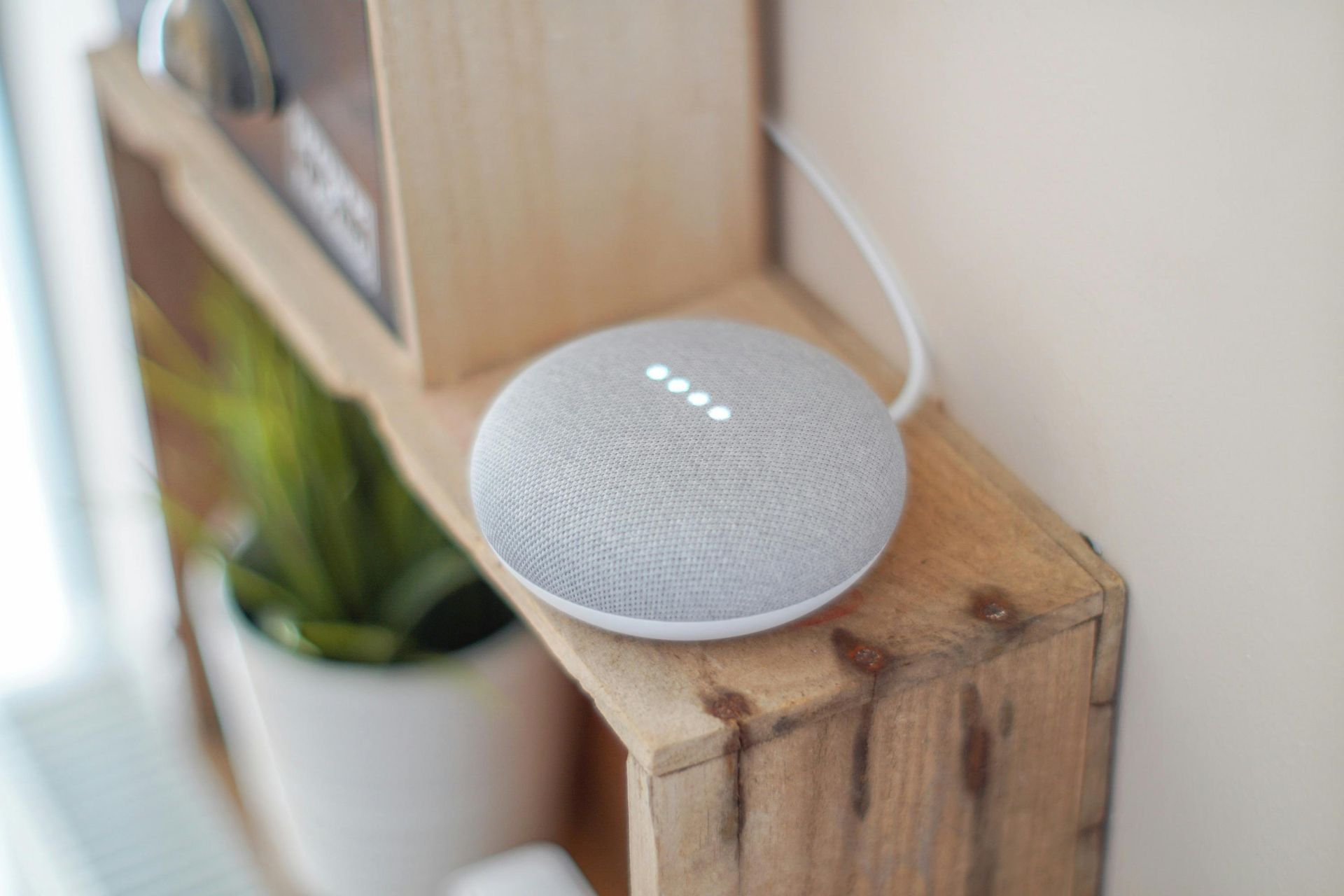How website design affects user experience
Not all websites are created equal – we’ve all stumbled upon websites that put us off based on the design of the website.
There are so many factors that go into website design that you may not have even considered which is why even if you can create your own website, it doesn’t necessarily mean that you’ll produce a high-quality website that your users enjoy visiting.
In this blog, we are discussing how website design affects user experience (UX) and why we always keep this front of mind when designing your website.
Aesthetic Appeal
You have approximately 7 seconds to make a good first impression with your website. Have you ever clicked on a link from a Google search results page and then decided almost immediately that this is not the website you are looking for? Well, if you have, you are not alone.
One of the biggest ways that website design affects user experience is by how the website looks. If the colours clash, the fonts are hard to read, the images are blurry, layout is cluttered, or the site is simply unattractive, your user will be leaving before they’ve even seen what you’ve got to offer.
A well-designed website will convey professionalism, evoke emotion/mood, establish credibility, make your business stand out, and give an overall positive first impression.
Brand Awareness
If your website users are specifically looking for your brand, they want to clearly see that when they arrive at your website. If they have found your website via a search, then they want to be able to find out who you are easily.
Either way, ensuring your website is aligned with your brand by using your logo, brand colours, visual identity, fonts, icons etc is important to ensuring that every user experience is a positive one.
It also means that if your website is not designed with the user experience in mind that it may reflect negatively on your brand which could cost you in the long run.
Website Speed
Nobody wants to be taken back to the days of dial up internet– we’ve all become accustomed to fast-loading websites and I’d bet most of us have at some point left a website before it loaded because it took too long!
People are busy and they want information fast, so your website needs to provide that information quickly. If they have to sit and wait for your website to load, they probably won’t or if they do, they aren’t getting a good first impression and they may think less of your brand as a result.
One of the reasons we love using Duda (see the full list of reasons here) is because the site speed is always fantastic which means our clients always have fast-loading websites!
Mobile Responsiveness
If you want to know how website design affects user experience, look at a website that isn’t mobile responsive on your mobile phone. There’s nothing more frustrating that text being cut off, only seeing part of an image, or completely missing sections because the site has only been adjusted to view on desktop computers.
With more than 60% of website traffic coming from mobile devices, you can’t afford to ruin your reputation with a website that is not suited to view on phones and tablets.
All our websites are fully mobile responsive so you can rest easy that you won’t be dealing with angry mobile website users when you choose Port Douglas Web Design to create your website.
Website Content Structure & Layout
Just because you’ve got the content there, it doesn’t mean that it’s user-friendly. One of the most important points about how website design affects user experience is the structure and layout of the content on your website.
As we’ve already established, people are busy, they don’t want to waste their time trying to find the information that is relevant to them. That’s why your navigation bar and page structure are so important – that’s the first place they are going to look to try and find what they are looking for.
Add to that, a logical flow of the sections on each page and clear headings and subheadings so they can skim through to find what they are looking for and you’ll be on to a winner. The use of font colours, sizes, and styles can help with this as can using visual representations rather that blocks of text.
The copywriter we recommend to our clients does a great job of laying out your information in a user-friendly way and when combined with our design skills, you can be sure your website will be well-structured and laid out in a way that your users will love.
Interactivity
Your users want to actively engage with your website so that is another way website design affects user experience.
Whether they know it or not, your users want your website to tell them what their next move should be. We do this with buttons, hover effects, enquiry forms, booking facilities, quizzes, downloadable content, videos, chat widgets, social media integrations, graphics, and more.
Further to that, all these elements need to work seamlessly and add value to the user, otherwise they may have the opposite effect.
If you aren’t sure what interactive elements would work for your business, let us know and we can discuss these options with you further.
Consistency
Have you ever been on a website where every page looks completely different? If not, be thankful! It’s not an enjoyable experience navigating through a website that has no consistency.
Things like the heading sizes, spacings between elements on the page, shape of images, button colours, placement of navigation menus, background colours etc need to remain consistent to provide a professional look and feel.
Without consistency, you leave your user feeling confused and disoriented which is not helping them to form a positive impression of your business.
Errors & Guidance
Obviously, we want to avoid errors in the first place, but life happens sometimes and so do errors. What’s most important is that you provide feedback to the user when there is an error. For example, if they are trying to submit an enquiry form but have accidentally left out a required field, you want it to be clear what they need to do to successfully submit their form.
Ensuring you avoid jargon, give them the action they need to take next, and tell them in a polite way can go a long way to creating a positive user experience.
If you have a complex product or service, outlining the onboarding process, providing tutorials, tips, or guided tours may be the difference between converting a user to a sale or not.
The more you can reduce the confusion or frustration factor of interacting with your website, the better your user experience will be.
To Sum it Up
As you can see, there are a lot of factors that feed into how website design affects user experience, many of which you may not have considered.
Fortunately for you, at Port Douglas Web Design, we factor the user experience into every website we create for our clients. All the points we mentioned above are taken into consideration, so you get a website that your target audience love to visit and interact with.
If you think your existing website may be lacking a quality user experience or want to start off with a new user-friendly website,
we’d love to chat with you.
Blogs





